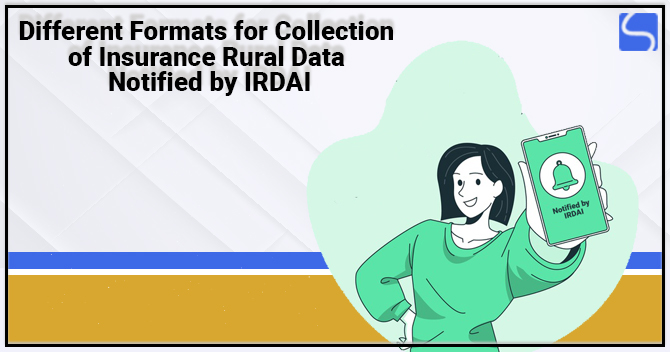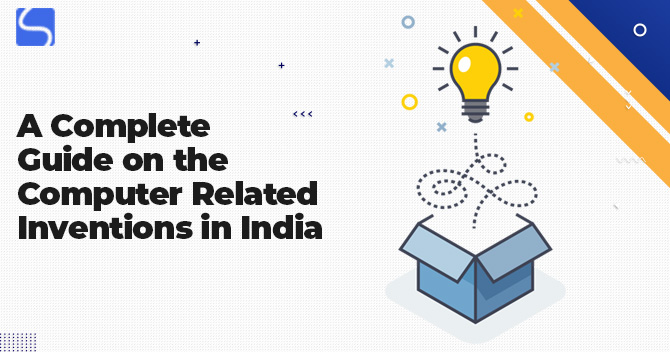Everything You Must Know About Patent Law in India
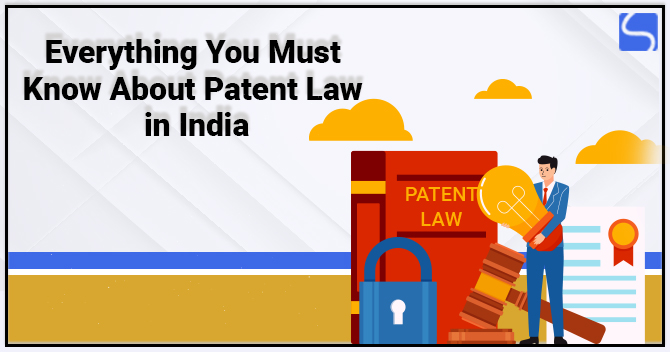
Japsanjam Kaur Wadhera | Updated: Feb 10, 2021 | Category: News, Patent
The Patents Act, 1970 came into force in the year 1972, amending and consolidating the existing law relating to patents in India. The patents act provides protection for the inventions relating to both products and processes. It gives the inventor an exclusive right to use, make and sell his/ her creation or invention for a specified period of time. The purpose of the act is to encourage the inventors to safeguard their own invention or creations. This article will talk about everything you must know about patent law in India.
Table of Contents
Understanding Patent Law
The Patent Act 1970 came into force in the year 1972 amending and consolidating the earlier laws relating to patents in India and it was further amended by the Patents (Amendment) Act, 2005 wherein the patenting of products was extended to all the fields of technology such as drugs, food, chemicals and micro organisms. The provisions relating the exclusive marketing rights were repealed and a provision for enabling grant of mandatory license was introduced. The patent system in India is controlled and administered by the Controller General of Patents, Trademarks, Designs and Geographical indications. Each office has its own territorial jurisdiction for receiving applications of patent and is empowered to deal with it in accordance with the sections of patent act.
Patent is a legal document that is granted by the government depending on the national rules and gives the inventor or creator of the invention the exclusive rights to use, make and sell the creation for a specified period of time. The Patent law is a part of Intellectual property rights. It safeguards the interest of the creator for his/ her invention.
Also, Read: Indian Patent Search: Concept of Indian Patent Search System
Rights under Patent Law
The Patent act provides protection for the invention relating to both products and processes. In case of patents relating to processes, the creator or the inventor receives an exclusive right to prevent the unauthorized persons from using the process and offering selling, sale or importing for these purposes the product obtained directly from the process in India. The product that is produced by the process is also protected under the patent laws. And in case of patents relating to the products, the act provides the exclusive right to the creator or inventor to prevent the unauthorized persons from using, making or offering for sale, importing or selling the product in India.
What are Inventions under Patent Law?
The Section 2(1) (j) of the Patent Act, 2005 defines “invention” as a new process or product involving an inventive step and capable of industrial application. Further, according to Section 2(1) (l) of the act, “new invention” means any invention or technology which has not been foreseen by publication in any document or been used in the country or any part of the world before the date of filing the application for patent with the complete specification, that is, the subject matter has not come in public domain does not form part of the state of the art.
Therefore, in accordance with the definition of the new invention, the act states about the absolute or complete novelty, that is, such invention should not have been used or published in any part of the world. However, the further sections of the patent act for the purpose of the opposition proceedings an anticipation deals with the relative novelty, that is, not used in India and not published in any part of the world.
The entire act does not use the word new invention but rather use the term “Invention”. Therefore, for all the purposes, relative novelty is the criterion.
Conditions to Patent an Invention
Any invention to qualify for a patent must fulfil the following criterion:
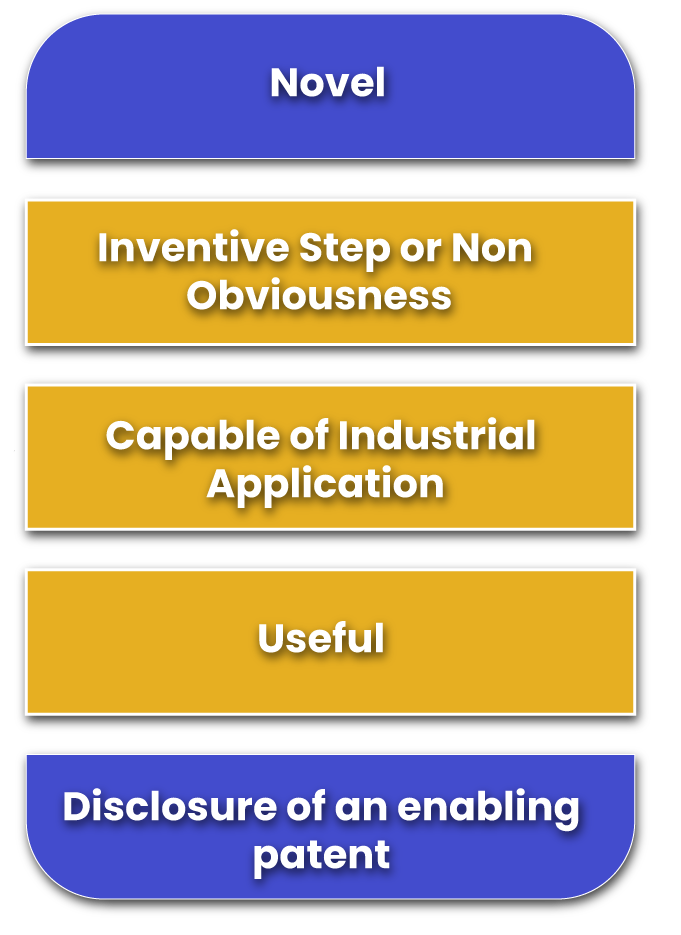
Novel
The invention must be novel and one of a kind. That is, the invention must be new and there should not be any existential trace of it or should never have been in the public domain.
Inventive Step or Non Obviousness
The invention must not be obvious to a person skilled in the same field as the invention related to. It must be inventive and non- obvious to a person skilled in the same field. The invention must be unique in itself. Any improvement done by an individual in the current technology cannot be patented.
Capable of Industrial Application
And invention must be capable of industrial application. That is, an invention cannot exist in abstract. It must be capable of being applied in any industry and must have practical utility in order to be patentable.
Useful
The invention must be useful. It should add value to the common man’s life and should not benefit or support the use of illegal things or any immoral purposes.
Disclosure of an Enabling Patent
It means a patent draft specification must disclose the invention properly and sufficiently, so as to enable a person skilled in the same field as the invention related to, to carry out the invention without any undue efforts. If no disclosure of enabling patent is made under patent specification, then a patent will most definitely not be granted.
Who can File a Patent Application?
According to section 6 of the patents act, an application for a patent can be filed by any of the following persons either alone or jointly with any other person: –
- Any person claiming to be the true or first inventor of an invention.
- Any person being the legal assignee of the person claiming to be the true of first inventor in respect to the rights to make such application.
- By the legal representative of deceased person who immediately before his death was entitled to make such application.
Manner in which the Application for Patent to be Submitted
According to Section 7 of the Patents act, every application for patent shall be for the one invention only. It must be in a prescribed form and filed in the patent office. Also, where an application is made by the virtue of assignment of the right to apply for patent for the invention, the proof of the rights to make an application shall be furnished with the application, or after filing the application within such period as may be prescribed.
Procedure for Patent Registration in India
The below mentioned steps are required to be followed to patent an invention in India:
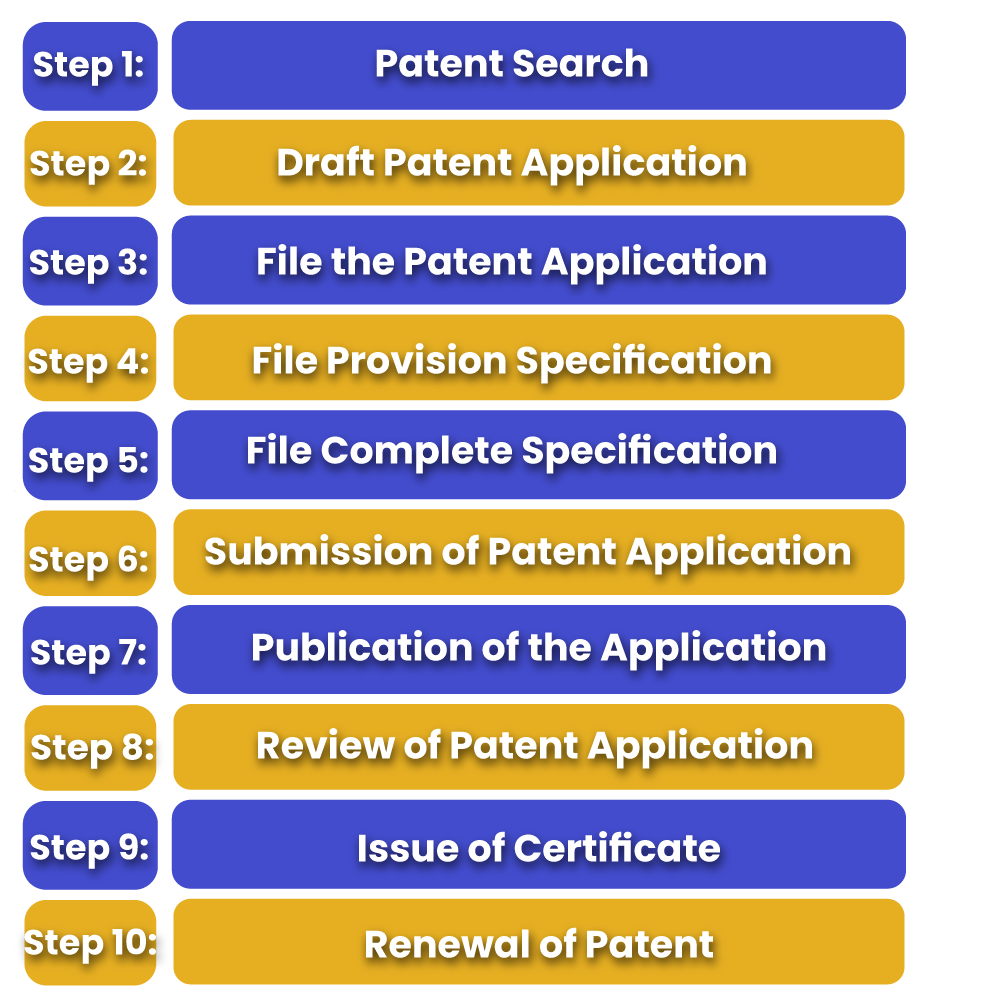
Step 1: Patent Search
The first step to register a patent in India is to conduct a patent search and check the novelty of the patent. The applicant must ensure that the invention is unique and new and fulfils the criteria to patent an invention. The patent search can be done on the official portal of the Indian Patent Advanced Search System. The applicant can know whether a patent of similar nature is already registered or not.
Step 2: Draft Patent Application
Once the patent search is completed by the applicant, the next step is to draft the patent application in Form 1. The specifications are also required to be attached with each patent application in Form 2.
Step 3: File the Patent Application
Further the application for patent registration is required to be filed with the Indian Patent Office along with the specifications, legal document stating the scientific methods with the patent rights.
Step 4: File Provision Specification
The applicant is advised to file a provisional specification since it is given more priority and a period of 12 months is given to show the full invention.
Step 5: File Complete Specification
The applicant is required to file complete specification within 12 months of the filing of the provisional certificate. If the applicant fails to file the complete specification within the prescribed time period, his invention shall stand abandoned.
Step 6: Submission of Patent Application
The applicant is required to file the application along with all the necessary documents supporting it, with the Patent office.
Step 7: Publication of the Application
Further, the application submitted by the applicant shall be published in an official Journal within 18 months from the date of filing of the application to raise any objection if any, against the application.
Step 8: Review of Patent Application
The application shall be reviewed and verified by the Indian Patent Office of the Government of India to validate the provided information and check if any invention is already registered or not.
Step 9: Issue of Certificate
If no objection is raised against the application, and the application is verified by the patents office, the Patent Officer shall issue a Patent Certificate to the applicant.
Step 10: Renewal of Patent
Once the patent is registered in India, it is required to be renewed every year by paying the prescribed renewal fee. A patent can be renewed for a maximum period of 20 years from the date of filing the patent in India.
What are the Advantages to obtain Patent Registration for an Invention?
Some of the advantages to obtain patent registration for an invention are as follows:
- One the patent is registered, it stops the other people from using, making, selling, importing, copying or manufacturing the registered patent.
- The owner of the registered patent shall be protected for a specific period of time, thereby keeping the competitors away.
- Any company who wish to use the invention created by the owner of the registered patent, shall pay royalty in return to use it.
- The patented invention shall be given recognition in the society.
- The owner of the registered patent can make money be licensing the patent to any person who wants to use such invention.
What are the Disadvantages of Patent?
Despite of the number of advantages, yet there are some of the disadvantages of patent such as: –
- The creator of the invention is required to disclose some technical information to the public about the invention during the process of application.
- Applying for patent takes a lot of time and the registration procedure is quite time consuming.
- To obtain a patent will cost the inventor money whether such invention becomes successful or not.
- The patent may lapse, if the owner of the registered patent fails to pay the annual/ renewal fee.
What is not Patentable under the Patents Act, 1970 in India?
According to section 3 of the Indian Patent Act, 1970, the following are not patentable: –
- Any invention that is frivolous and not of value or that claims anything contrary to the well established natural law.
- Any inventions whose primary and intended use of which would be contrary to law and morality or injurious to the health of the public.
- A mere discovery of a scientific principle or formulation of an abstract theory.
- A mere discovery of new use new property for a know substance or mere use of a known process, apparatus or machine unless such known process results in a new reactant (at least one) or a new product.
- Any substance that is obtained by a mere admixture resulting only in the aggregation of the properties of the components or a process for producing such substance.
- A mere duplication, arrangement or rearrangement of known devices, each functioning separately of one another in a known way.
- Being a method of horticulture or agriculture.
- Any invention which is related to the atomic energy.
- Any process for the surgical, prophylactic, medicinal, curative or other treatment of human beings or animals.
- Plants and animals in any part or as a whole thereof other than microorganisms.
- Business or mathematical method or computer program per se or algorithms.
- Dramatic, musical, literary, artistic, cinematograph works, television productions and any other aesthetic creations.
- Mere rule, method or scheme of performing mental act or playing games.
- Presentation of Information.
- Topography of integrated circuits.
- Any invention which in effect is a traditional knowledge or is based on the properties of the traditional knowledge.
Conclusion
Patent law in India provides exclusive rights and protection to the inventor or creator of an invention under the Patents Act, 1970. The patent laws are covered under the Intellectual property rights. The purpose of the act is to encourage the inventors to contribute more towards the development and growth of the country as well as contributing more in their field of work.
Also, Read: Procedure to obtain A Patent Registration Certificate













